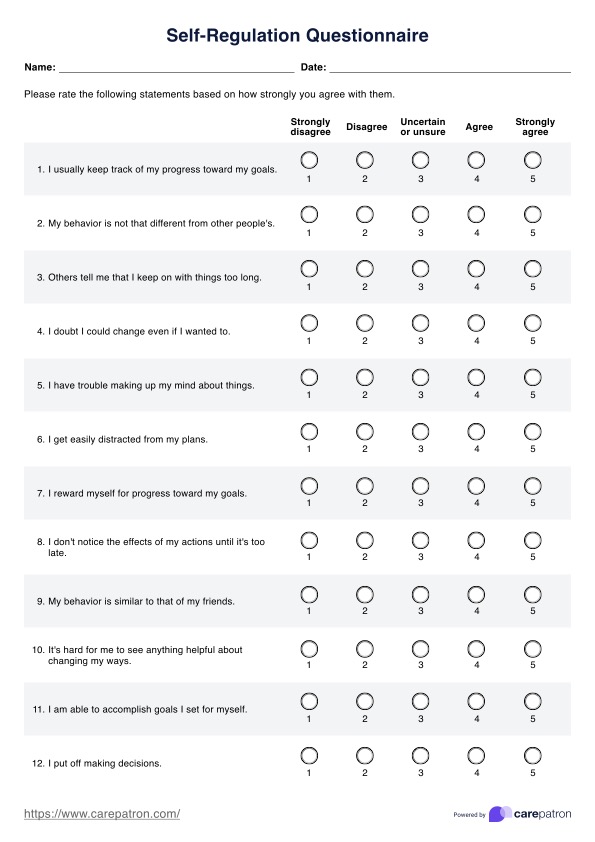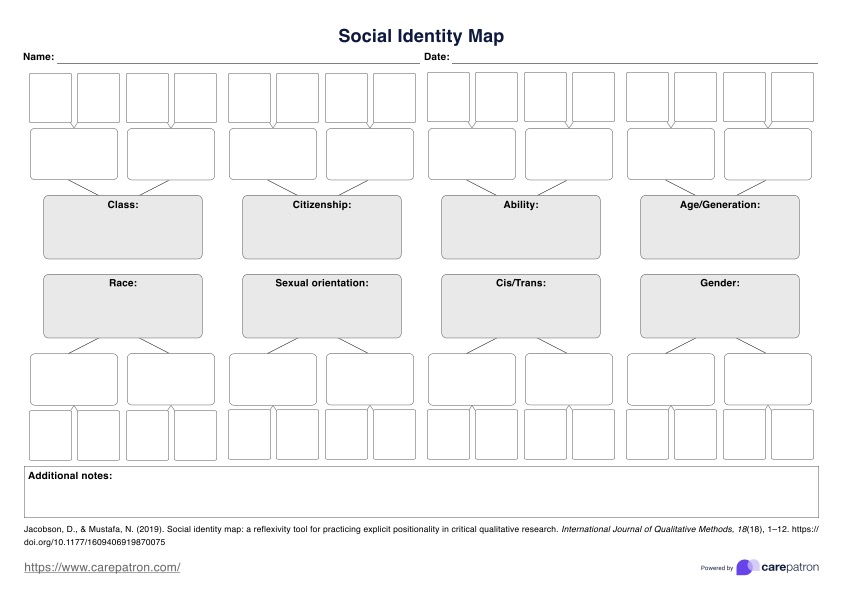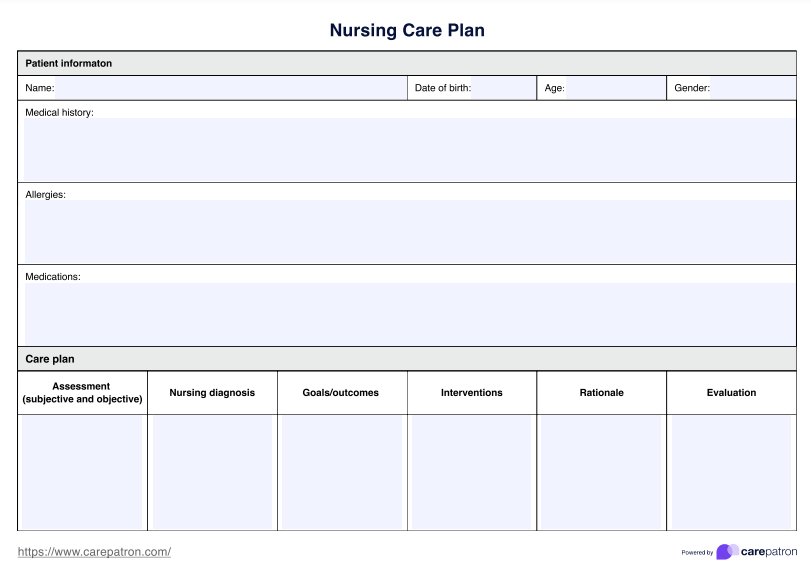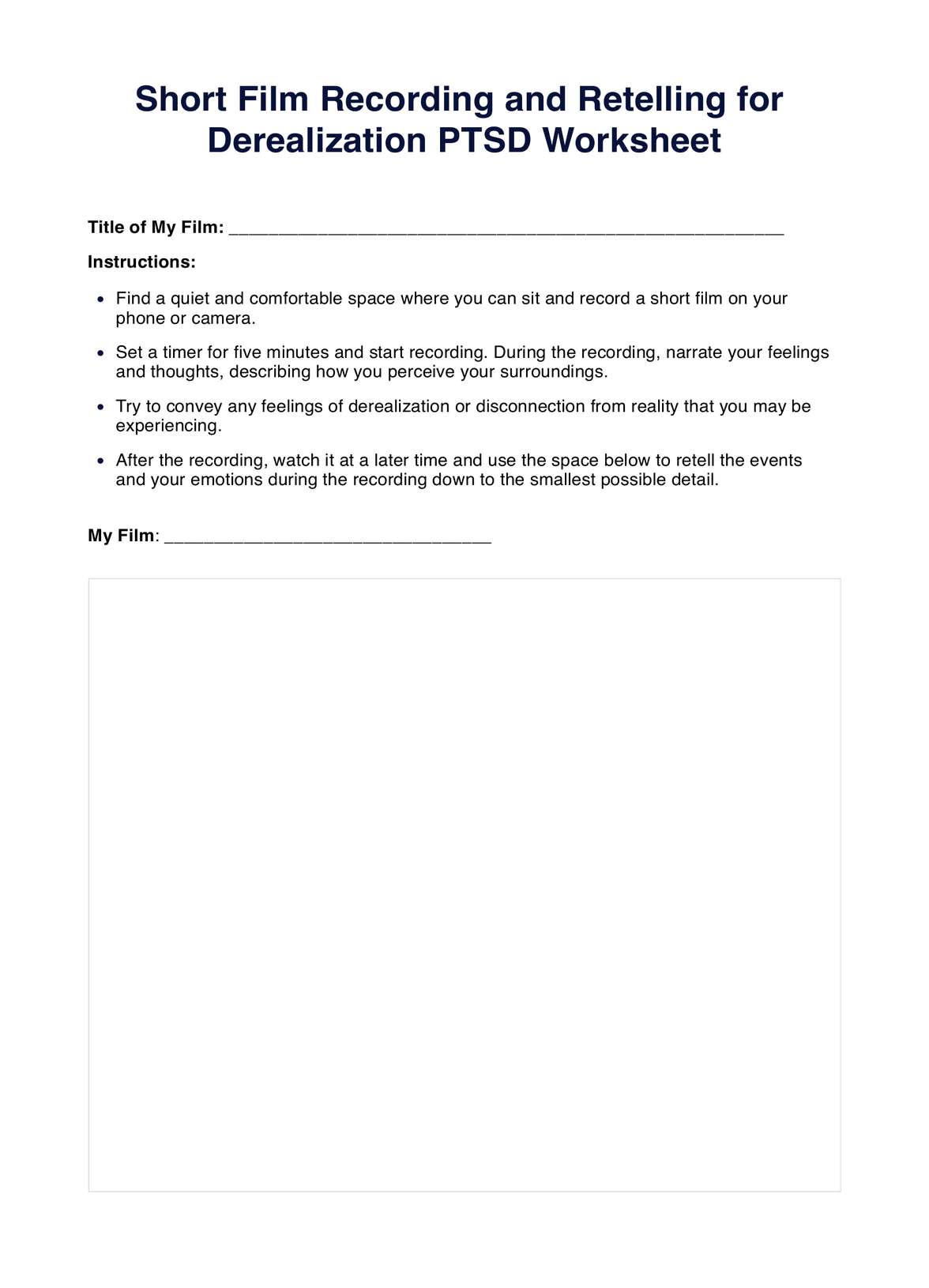How therapy helps teenagers
Therapy plays a critical role in supporting the mental health of teenagers (World Health Organization, 2024). For mental health professionals working with adolescents, therapy offers a structured way to address common challenges such as emotional dysregulation, anxiety, depression, trauma, and difficulty in maintaining healthy relationships. Adolescence is characterized by ongoing neurological and emotional development, making early intervention and therapy tools especially relevant in clinical settings.
A key component of effective therapy with teens is helping them build self-awareness. Many teenagers struggle to articulate their feelings, and therapy creates a space for them to reflect on their emotions, behaviors, and thought patterns. By identifying negative thoughts and using techniques like cognitive restructuring, therapists help teens shift their thinking, which supports emotional regulation and improves decision-making skills.
Another important outcome is the development of self-compassion. Adolescents are often critical of themselves due to peer comparison or academic pressures. Therapy encourages perspective-taking and mindfulness practices, which allow teens to foster empathy toward themselves and others. This can be especially useful for students navigating social challenges and identity exploration.
Through therapeutic intervention, teens are also taught how to practice communication and stress management strategies (Alvord & Halfond, 2024). These therapy tools reduce the risk of maladaptive behaviors such as substance use or self-harm. Moreover, they prepare teens to become more resilient and adaptable in the face of change. Learning how to create and maintain healthy relationships becomes more attainable with guided support from trained therapists.
In addition to internal coping mechanisms, therapy provides additional support during critical developmental periods. Whether teens are struggling with academic expectations, peer conflict, or family issues, therapy offers new resources and guidance to help them navigate these complexities. A therapist can offer unbiased feedback grounded in psychological principles and evidence-based interventions.
Therapy equips kids and teens with tools that support their overall well-being. For practitioners, understanding how to apply these interventions effectively can enhance outcomes and contribute to long-term mental health improvement. Therapy helps teens make sense of their experiences, search for meaning in their identity, and build distress tolerance—crucial steps in their journey toward emotional stability.
Therapy Worksheet For Teens Template
Therapy Worksheet For Teens Example
What is a Therapy Worksheet for Teens?
A Therapy Worksheet for Teens is a structured clinical tool designed to support healthcare professionals during therapy sessions with adolescent clients. Carepatron's worksheet includes key components such as psychoeducation, emotional awareness, self-reflection, coping skills, cognitive restructuring, and goal setting. It guides teens to identify emotions, recognize triggers, and articulate unhelpful thoughts while encouraging them to develop healthier responses and coping strategies.
The worksheet also promotes strengths-based reflection, problem-solving, and social connection. It offers a consistent framework for practitioners to assess progress, guide discussion, and track behavioral or emotional changes over time. Optional sections like trauma reflection and visual tools like emotion mapping make it adaptable for various therapeutic contexts.
How does it work?
Follow these simple steps to begin using the worksheet with your adolescent clients and streamline your therapeutic approach.
Step 1: Access the worksheet template
Click the “Use template” button on this page to access the Therapy Worksheet for Teens instantly. You’ll be directed to Carepatron’s platform, where you can view, edit, and apply the worksheet within the app. This simplifies implementation without the need to build forms manually from scratch.
Step 2: Use the worksheet in therapy sessions
Use the worksheet to structure discussions about emotional awareness, coping skills, goal setting, and self-reflection during your sessions. The layout is intentionally designed to support cognitive and emotional development in teens while providing structure for your clinical observations and interventions.
Step 3: Discuss how the worksheet works with the patient
Introduce the worksheet to your teenage client by explaining its purpose—self-reflection, skill-building, and emotional processing. Walk through each section briefly, clarifying what’s expected. Emphasize how it’s a safe, judgment-free tool to help them explore their thoughts and feelings more intensely.
Step 4: Conduct the session
Guide the client through each part of the worksheet during the session. Use their responses as a foundation for deeper conversation and clinical insight. This process supports real-time assessment of emotional states, behavioral patterns, and therapeutic progress while maintaining engagement through relatable prompts and visual tools.
Step 5: Provide patient support and next steps
Once completed, review the worksheet together. Offer validation, clarify any concerns, and reinforce key takeaways. Based on the teen’s reflections, assign follow-up activities or coping strategies. Store the worksheet securely in Carepatron for continuity in treatment planning, supervision, or future sessions.
Benefits of using this worksheet
The Therapy Worksheet for Teens offers several practical benefits for medical professionals working with adolescents. As part of your suite of therapy resources, this worksheet provides a structured format that supports clinical assessment and therapeutic intervention. It helps standardize session flow while allowing flexibility in therapeutic approaches. Each section serves as a focused exercise, enabling teens to process their thoughts, behaviors, and fears in a guided way.
For practitioners, the worksheet acts as a documentation tool and a therapeutic overview, helping you track emotional patterns, set goals, and reinforce coping strategies. It’s also an effective supplement to workbooks and other handouts, allowing you to integrate it into individualized treatment plans with minimal preparation time.
Using the worksheet during sessions promotes focus and real-time engagement, making it easier for clients to become more aware of their feelings and actions. Additionally, having access to a pre-built template reduces administrative burden, giving you more time to support children and adolescents in meaningful ways. The structured format encourages reflection and builds an appreciation for the therapeutic process for you and your client. Overall, it’s an essential tool for streamlining workflow and improving outcomes.
References
Alvord, M., & Halfond, R. (2024, October 22). How to help children and teens manage their stress. American Psychological Association. https://www.apa.org/topics/children/stress
World Health Organization. (2024, October 10). Mental health of adolescents. https://www.who.int/news-room/fact-sheets/detail/adolescent-mental-health
Frequently asked questions
Worksheets in therapy are structured tools used by mental health professionals to guide clients through specific exercises that promote reflection, skill-building, and emotional awareness. They help organize thoughts, support therapeutic goals, and provide a tangible reference for both in-session and between-session work.
When therapy no longer produces meaningful progress, it may indicate the need to reassess goals, adjust the treatment approach, or explore alternative modalities. Collaboration between the therapist and client is essential to identify barriers and determine the next best steps.
A CBT worksheet is a therapeutic tool for helping clients identify and challenge unhelpful thoughts, beliefs, and behaviors through structured cognitive-behavioral techniques. These worksheets often focus on cognitive restructuring, behavior tracking, and problem-solving.
Get started for free
*No credit card required









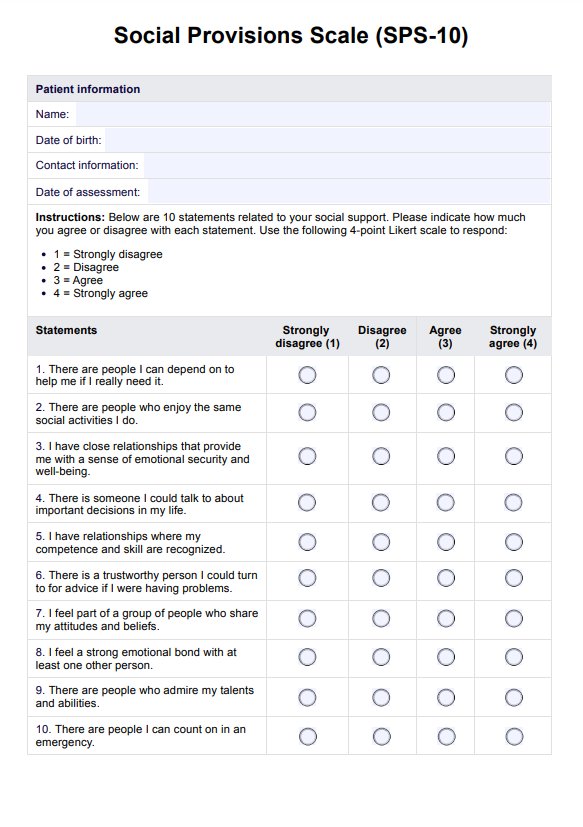






-template.jpg)






































































